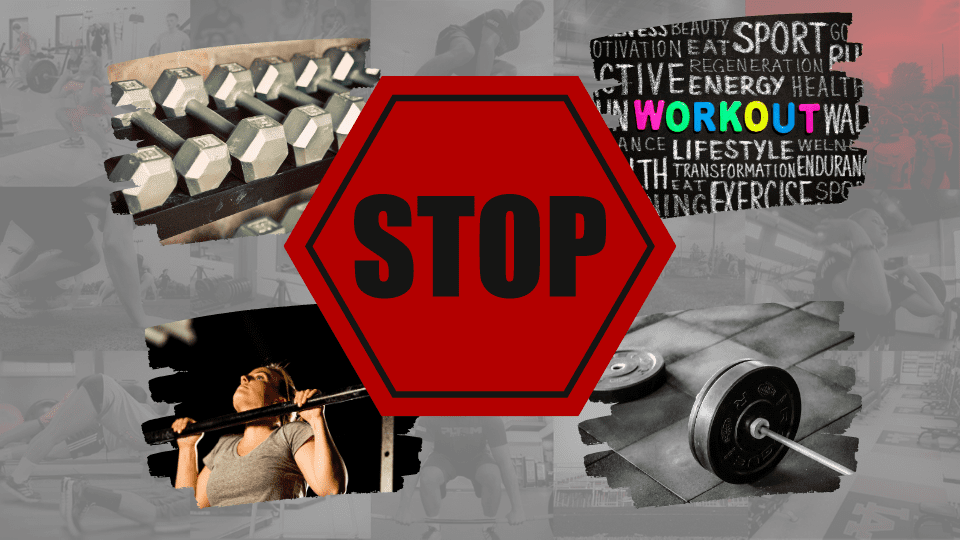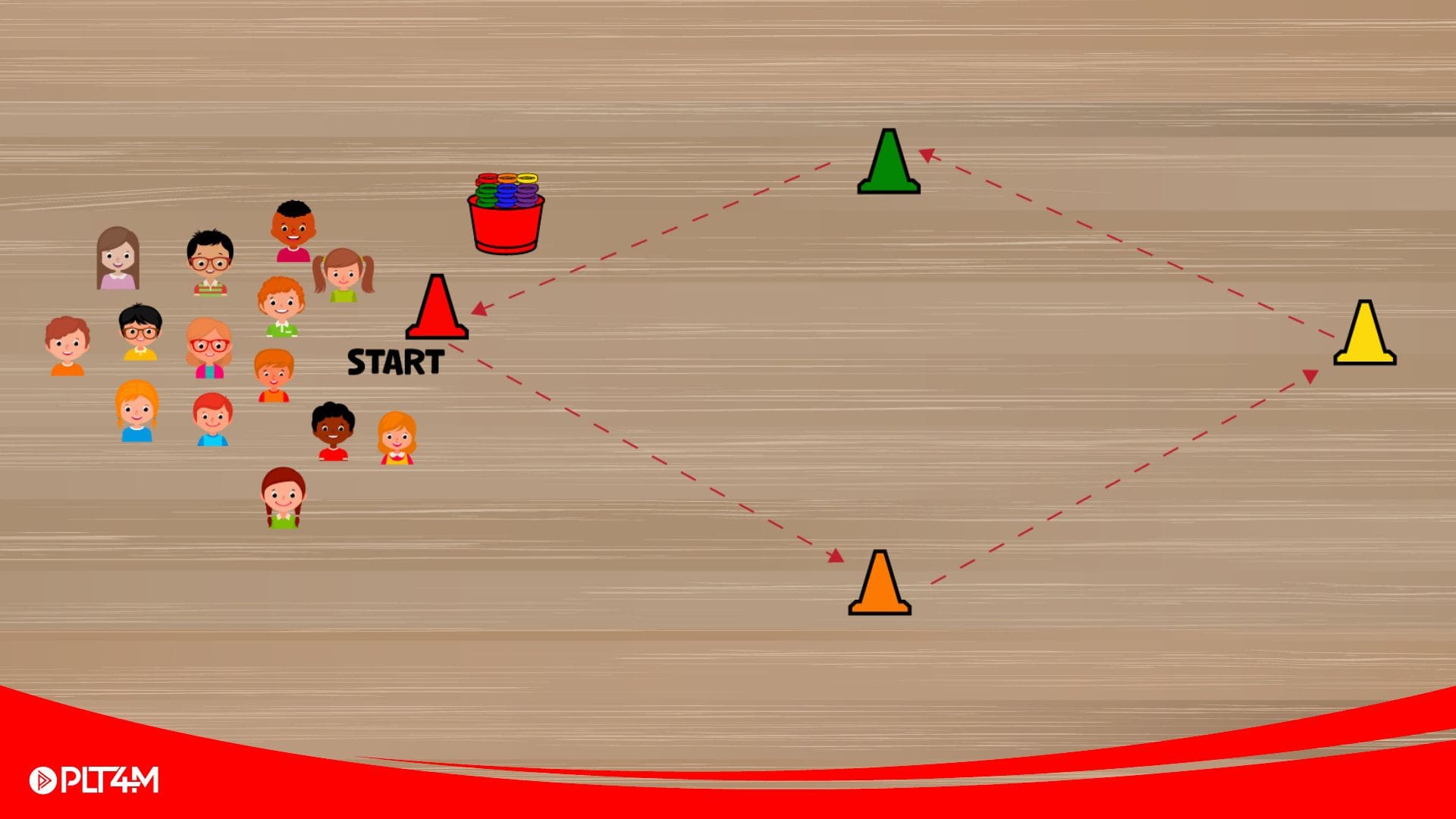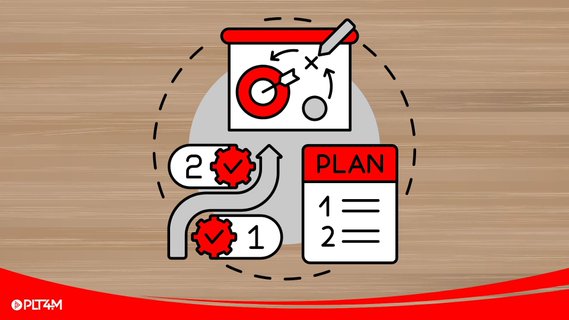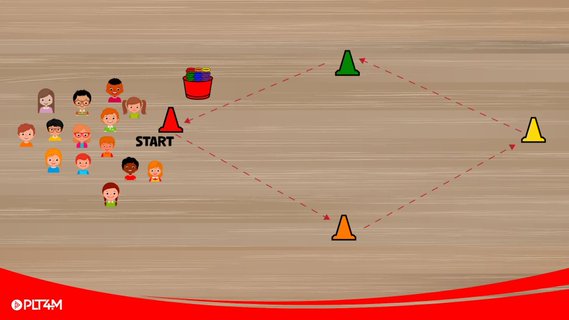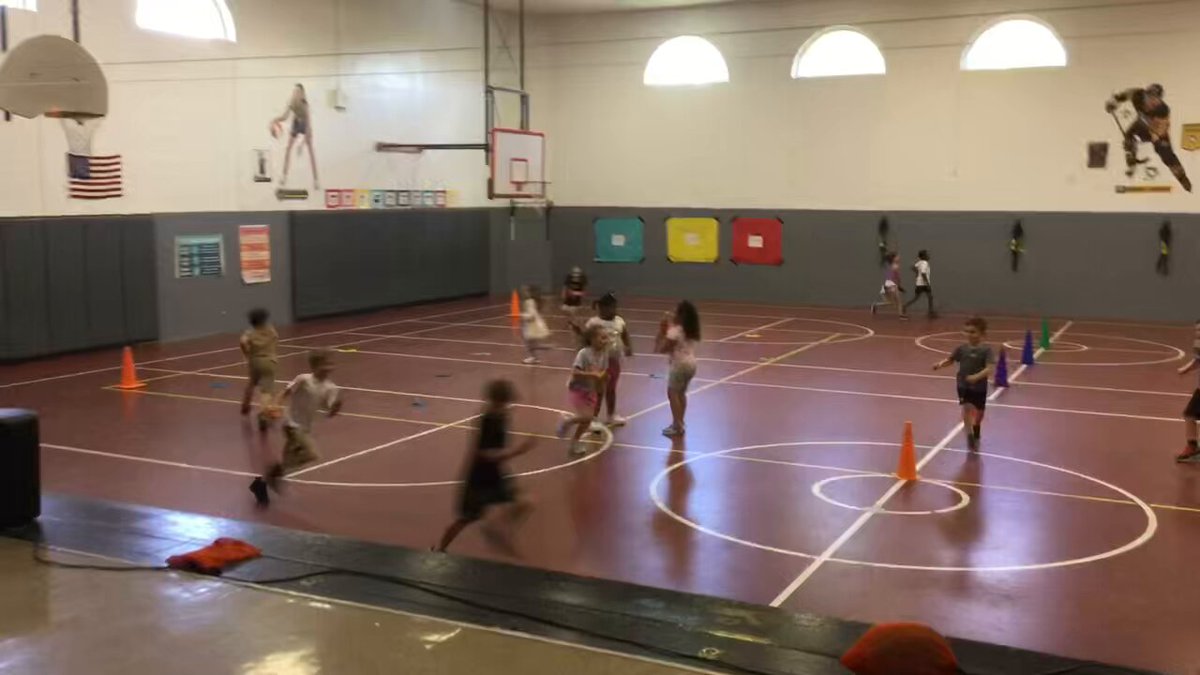[vc_row][vc_column width=”1/4″][vc_single_image image=”5745″ img_size=”medium”][/vc_column][vc_column width=”3/4″][vc_column_text]
Molly Collins | Pennfield High School (MI)
- Pennfield High School | Michigan
- Physical Education Teacher | Head Varsity Softball Coach
- USAW-1
- CF – L1 Coaches Club Ambassador (View Full Profile)
